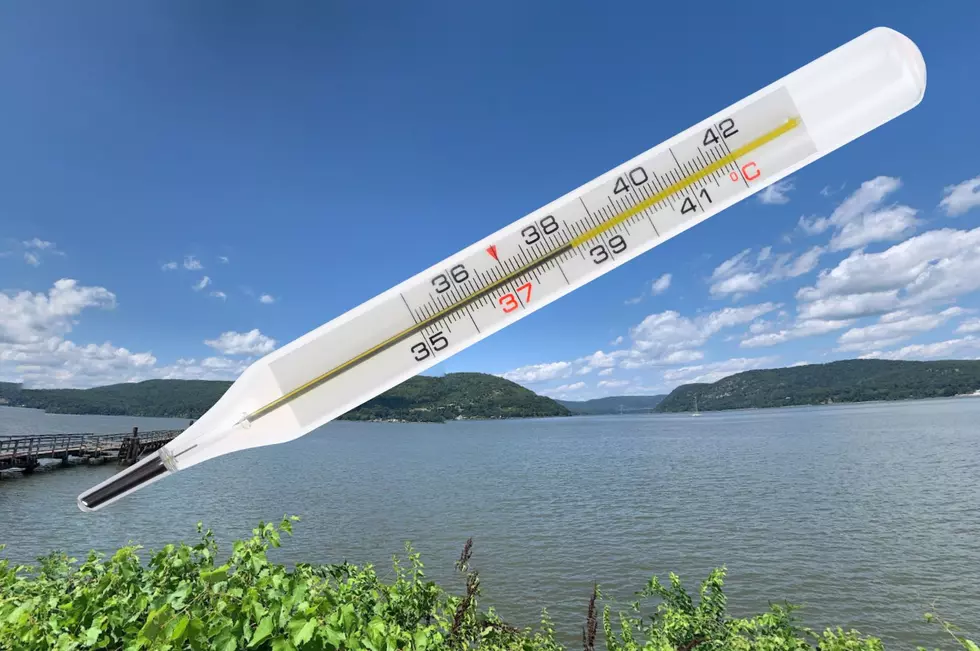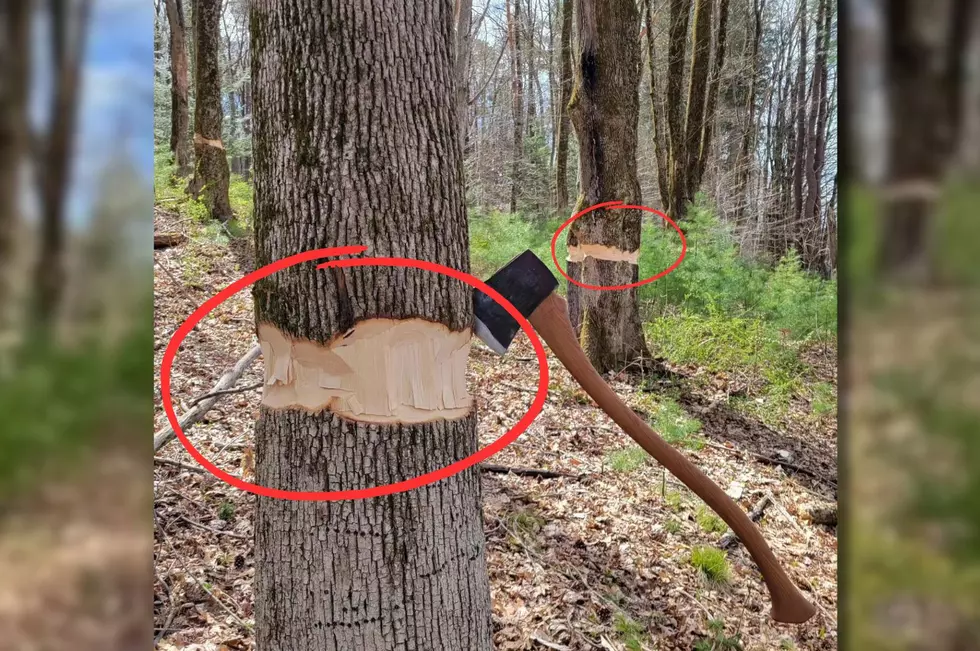
Is This Easy Rule for New York Water Safety True?
With all the creeks, rivers, lakes (and even ocean) in New York state, water-lovers are spoiled for choice. It also means that danger could be lurking right below the surface.
Each season comes with its own favorite water-related activities. From ice fishing in the winter (find out how to tell if frozen lakes and ponds are safe to walk on here) to the myriad activities in the summer, there's always something to do, and always a way to stay safe... but is one of the most popular water safety rules just a myth?
Water Safety in New York State
Unfortunately, risks of hypothermia don't stop once milder temperatures arrive in New York. While air can warm up quickly, many bodies of water take much longer. Recently, an easy formula was shared to help water-goers decide what gear to bring on their next outing, and whether a life-threatening possibility like hypothermia is present.
Is the "120 Rule" of Water Safety True?
The Adirondack Mountain Club, a nonprofit organization focused on protecting New York wilderness and educating the public on responsible recreation, recently took to social media to share what water-lovers should reportedly all have up their sleeves: an easy way to estimate when a wet or dry suit is necessary:
Water temperatures are still extremely cold [in the spring] so it's important to take necessary precautions to avoid hypothermia. A good rule of thumb: Wear a wetsuit or dry suit when the sum of the water temperature and air temperature is less than 120°F.
While this was presented as a rough guideline, several commenters were quick to point out some holes in the rule's logic. "80F air temp doesn’t mean 40F water temp is safe", offered one outdoor enthusiast. "Kind of surprised that ADK would repeat that old 120 degree [rumor]" said another. Soon, the National Center for Cold Water Safety (NCCWS) stepped in.

National Center for Cold Water Safety Weighs in on the "120 Rule"
"Thank you so much for helping to increase awareness of cold water safety. We see a big spike in close calls and fatalities at this time of the year", the NCCWS began, "Also, the air temp / water temp calculation is a myth that undermines cold water safety". On a page dedicated to myth-busting, the NCCWS used the following example:
Using this formula, a person could mistakenly conclude that if the air temperature was 75F and the water temperature was 53F, no protection would be needed because the total is above 120. That’s dangerously misleading because without thermal protection, immersion in 53F water is immediately life-threatening
The bottom line, the NCCWS says, is that air temperature has little-to-no effect on cold water safety. To put it more simply: "the only thing that matters when you’re in the water is the water temperature".
City of Newburgh Firefighters Save Dog on Frozen Hudson River
Gallery Credit: Timothy Dexter
Dog Rescued After Being Trapped in Rocky Crevice at Minnewaska
More From WRRV-WRRB









